When winter comes, we know what’s coming with it.
Less sunlight, chilly winds, and blizzards. These are harsh for your lawn. And if you want to see a healthy and weed-free lawn next spring, you must know how to take care of your lawn in winter.
This is a comprehensive guide on Winter Lawn Care. Whether you are a beginner, new lawn owner, or lawn care helper, this will help you prepare your lawn for winter, protect it from diseases, and control weeds.
Let's start with the basics.
Lawn Care Before Winter Dormancy
First and foremost, the most important part of winter lawn care is to prepare your lawn before winter, instead of waiting for winter to come—that will be too late. In fact, when winter is here, there’s little you can do directly to your lawn. Therefore, don’t ignore lawn care before winter dormancy.
Mowing
Continue mowing regularly until growth slows significantly, keeping grass at a shorter height for winter. For example, keep cool-season grasses at 2.5 inches. Don’t cut too short, as this can expose roots and increase winter damage risk. And most importantly, keep an eye on the weather and prepare to give your lawn a last cut at any time.
How to tell when it’s time for a final cut? We’ve discussed signs and considerations before. Check it out!

Seeding, Fertilizing and Aeration
When practicing winter lawn care, try everything possible to strengthen the grass and soil to withstand the cold months ahead and prepare for the worst possible situation.
Apply fertilizer before the first frost so the grass can absorb the nutrients before growth slows. Also, aerate the soil before the first frost to relieve compaction and allow air to reach the roots. If you spot brown patches or thin grass, treat those areas particularly by reseeding and fertilizing with a potassium-rich winterizer to help the lawn store nutrients.
Watering
Keep watering regularly to ensure the lawn has sufficient moisture before winter.
Stop watering when temperatures consistently drop below freezing and the ground begins to harden to prevent soggy soil, which can freeze and damage the grass.
Dos and Don’ts Before Winter
- Dos: Mow and water regularly; fertilize and aerate to add nutrients and improve health.
- Don’ts: Don’t mow too short; stop watering in freezing days.
Lawn Care During Winter
Due to the harsh environment with freezing temperatures, animals and plants enter dormancy in winter. The grass will be very inactive, too. You may barely notice grass growth if you live in high-latitude areas where winter is too cold for normal activities. The care for your lawn is very limited.
Leave Your Lawn Alone
Try to minimize foot traffic on your lawn, e.g., daily walking, outdoor activities, and the weight of objects like furniture or machinery. Too much foot traffic can lead to soil compaction, thinning grass, and bare patches. Worse, you can’t go out there to fix the problem in time during winter, since there could be frost or snow on any day.
Water Less
As mentioned above, watering when the temperature is freezing could harm the soil and grass. Never water on cold days or when the grass is wet with frost or snow.
What if the ground becomes too dry? It could happen, as there are places that do not suffer from cold and wet weather throughout the season. In this case, you may water sparingly so it can soak in before it freezes, and avoid watering in the evening, when it’s usually colder.

Monitor for Issues
Without a doubt, you will and should stay indoors in the cold winter. That said, don’t turn a blind eye to your lawn.
Note that leaves will fall and tree twigs may break during winter due to the weight of snow. Remove such debris as fast as possible if any; otherwise, winter pests and fungal problems might occur.
Dos and Don’ts During Winter
- Dos: Clean debris; limit watering.
- Don’ts: Don’t frequently walk on the lawn; don’t put heavy items on the lawn.
Lawn Care When Winter Ends
When the temperature increases and ice thaws, winter is about to end. Wait until the weather stays consistently warm at about 7℃ or higher, then it’s time to start winter lawn care as usual to revive your lawn.
Clean Up
Yes, you should clean debris even during winter. But, let’s be honest, there’s no way you can clean up your lawn to the level as in warm days.
When winter ends, gently rake the lawn to remove leaves, sticks, and other debris that can smother the grass and block sunlight. Also, remove dead grass if any, and dethatch if necessary.

Assess Damages
Check the lawn for winter damage, such as bare spots, signs of disease, or soil compaction. Additionally, conduct a soil test to help determine your lawn’s specific needs for nutrients and its pH level. Once the assessment is done, plan and prepare the tools and necessary items for repair, including the following steps: seeding and fertilizing.
Seed and Fertilize
If your lawn has been damaged, you could be desperate to fix it. But, don’t rush. Haste makes waste. Before seeding and adding nutrients to the grass, make sure the soil is in proper condition. Once the soil has thawed and is no longer oversaturated, aerate to relieve soil compaction, which improves air and water penetration to the roots. You can use a mechanical aerator or a garden fork.
Then, overseed any bare or thin patches to encourage new growth and a thicker, healthier lawn. And apply a balanced fertilizer or a spring-specific lawn feed to provide essential nutrients for new growth.
Mow for the First Time
Once the ground is dry enough, start mowing your lawn after the long winter months. Set your mower to a slightly higher cutting height than usual for the first few mows to protect new growth. Ensure your mower blades are sharp for a clean cut.
By the way, don’t forget to clean up your mower before mowing. Nevertheless, it’s been sitting there idly for weeks or even months. If it’s a gas mower, clean up the oil tank and spark plug. A battery mower, including the robotic ones, would be easier to maintain. Moreover, a robotic lawn mower can save you so much time and effort in mowing.
For instance, the Navimow i105 Robotic Lawn Mower features advanced GPS and vision-based navigation for centimeter-level accuracy, intelligent obstacle avoidance, and user-friendly app control with customizable settings. Besides auto mapping, planning, and mowing, it’s capable of handling inclines up to 30% (17°) and operating quietly (58dB).

Dos and Don’ts After Winter
- Dos: Remove debris; clean up your mower and mow higher; fix damages.
- Don’ts: Don’t seed or fertilize when the ground is wet.
To Sum Up
Winter lawn care does not just involve the winter season. It’s also important that you care for the lawn before and after winter. Proper winter lawn care before and during the cold months can make a significant difference in the vitality of your lawn when the growing season returns. By following these winter lawn care tips, next time winter comes, rest assured that your lawn will withstand the cold and revive in better condition.
You May Also Want to Know
When to cut your lawn the last time for winter?
When leaves fall and temperatures drop and stay below 5℃, it’s time to cut your lawn the last time for the season. Don’t wait for the first frost; that would be too late. And don’t cut your lawn when it’s wet.
What's the best grass height for winter?
It’s recommended that you leave the grass height at around 2 to 2.5 inches, which is short enough to prevent diseases like snow mold but long enough to protect the roots from cold damage. For warm-season grasses, a slightly higher cut of 1.5 to 2 inches may be more appropriate.
Should you cover your lawn in winter?
Usually, it’s not recommended to cover your lawn with a tarp or some plastic sheet, as it can suffocate the grass by blocking air and light exchange. That said, under extreme temperatures and heavy snow, you may cover your lawn with a tarp specially treated with holes to better resist cold.
What winter lawn care products can you use to maintain a healthy lawn?
To maintain a healthy winter lawn, use winter fertilizers high in potassium to strengthen grass, consider products like iron supplements for color and hardiness, and use optional items such as lawn pigments for an immediate green-up. Other useful products include aeration tools, top-dressing materials, and pre-emergent herbicides to control winter weeds.
More Blog
When is the Best Time to Plant Grass Seed?
Every lawn owner is eager to get rid of those bald patches and make the lawn lush and green from every corner. But you can’t just grab grass seeds and plant them whenever you want. Beginners often don’t know the...
Summer Lawn Care Tips: Smarter Lawn Care for a Better Season
Summer's finally here. A time when the days are long, the sun is high, and the sweet smell of freshly cut grass hangs languidly in the air. For many of us, a lush, green lawn is the centerpiece of summer,...
Month-by-Month Lawn Care Calendar for the US
Lawns are sensitive, so you have to do everything at the right time, whether mowing, applying fertilizer, or watering. Otherwise, you will end up ruining your lawn while trying to make it healthier. Beginner gardeners and new lawn owners often...
How to Overseed a Lawn in Spring?
Does your lawn look thin and patchy? Many people would have suggested overseeding it in spring. But you’re still confused about how to complete that process. It’s not just sprinkling some seed on the soil and hoping water will do...
When To Fertilize Your Lawn In Spring
The first time you fertilize your lawn in spring can set up healthy, lush growth for the entire year. However, getting the time right is essential to ensure excellent results. You might be wondering how to figure out the perfect...
Should You Aerate Your Lawn in Spring
Planning to aerate your lawn this season, but unsure because of the mixed views on spring aeration? Many homeowners face the same confusion. Some say spring works fine, while others warn against it, which makes the decision harder than it...

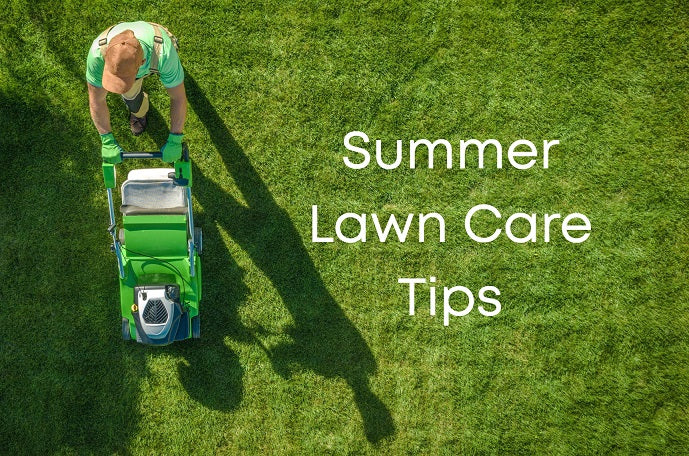
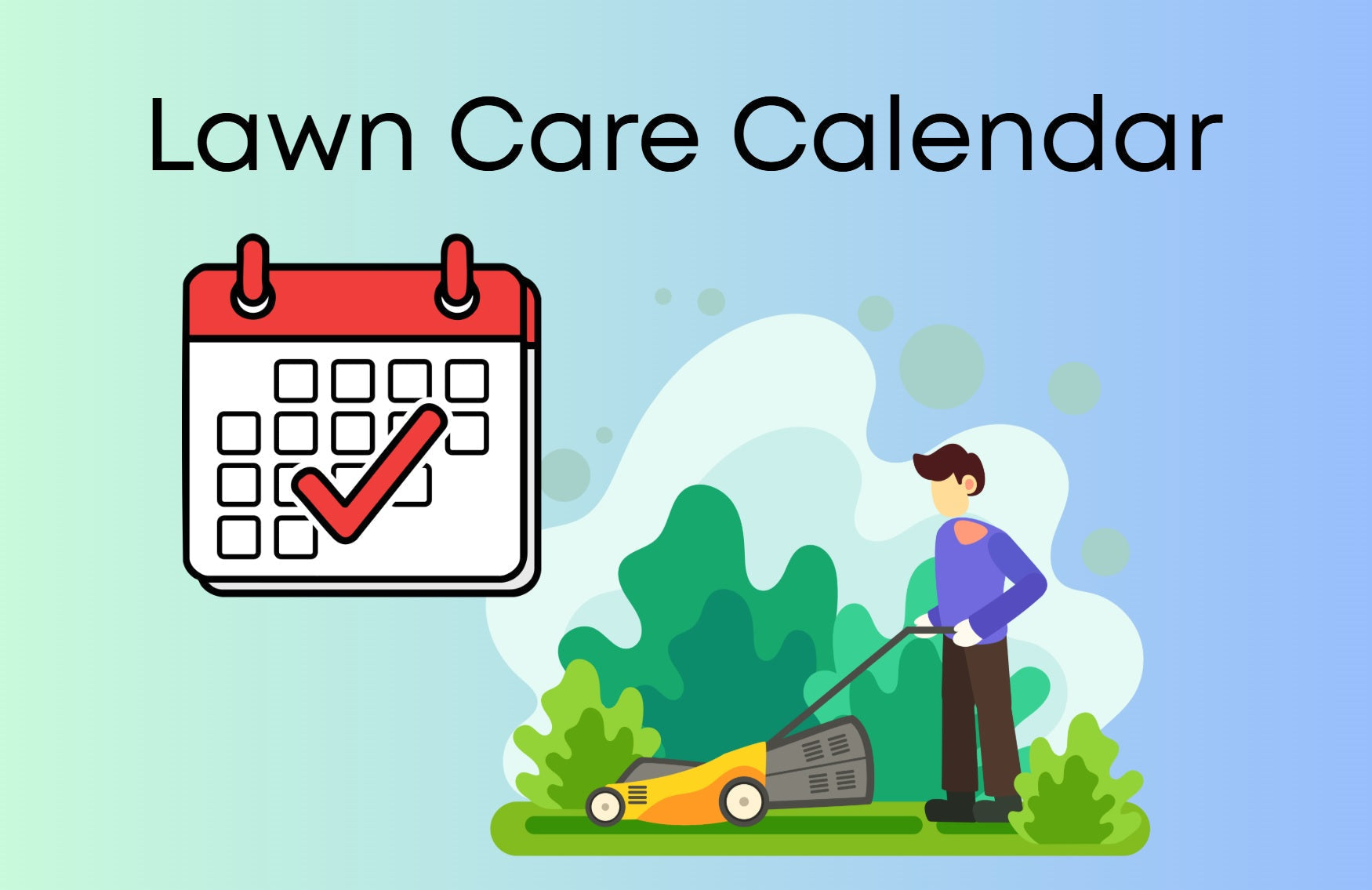
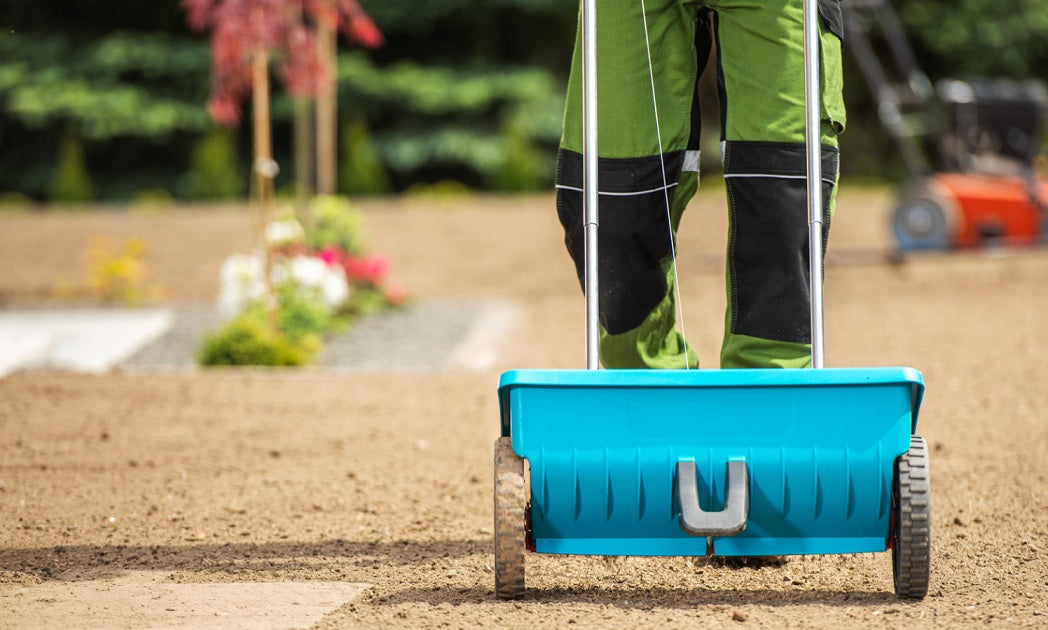
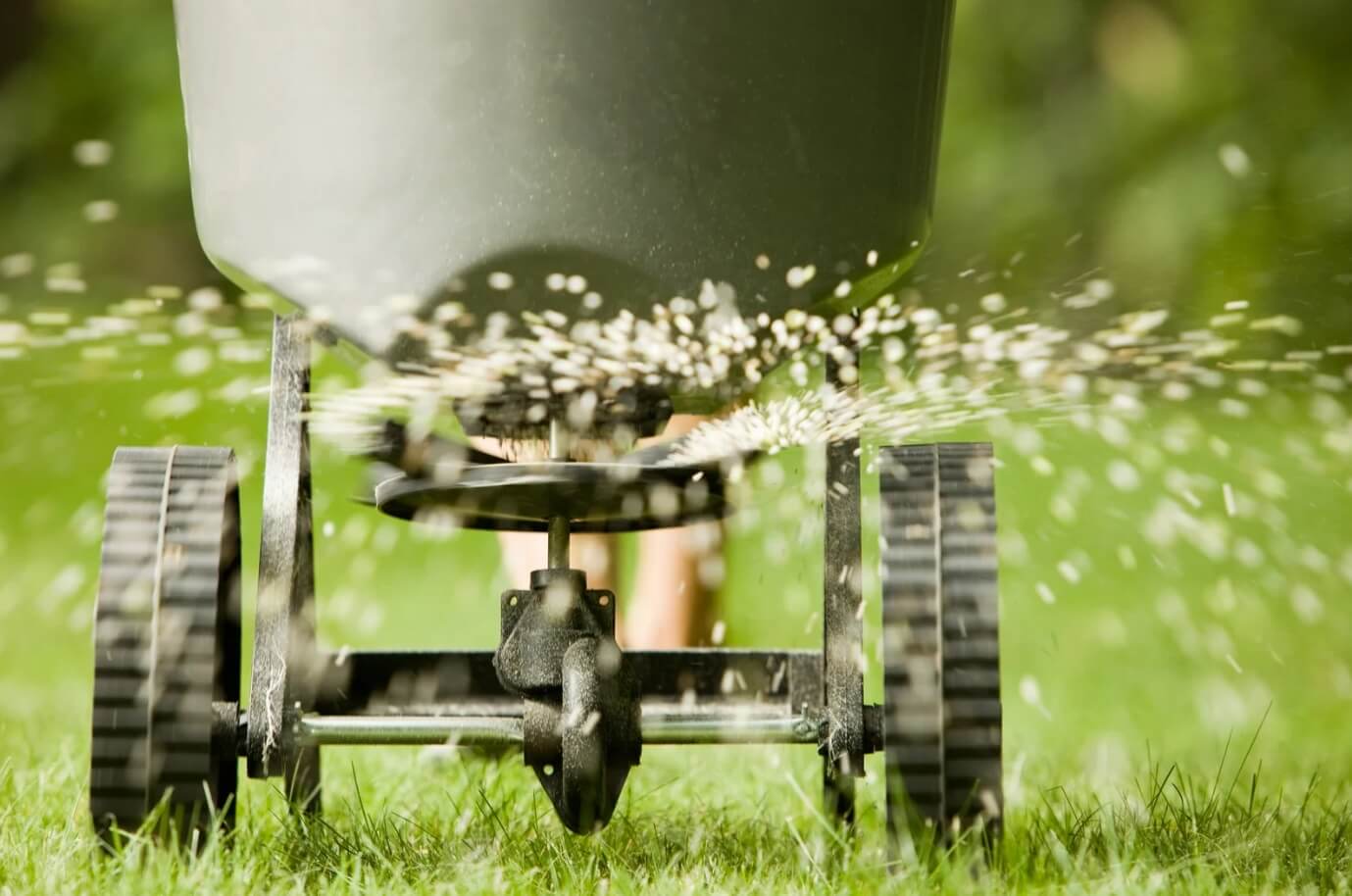
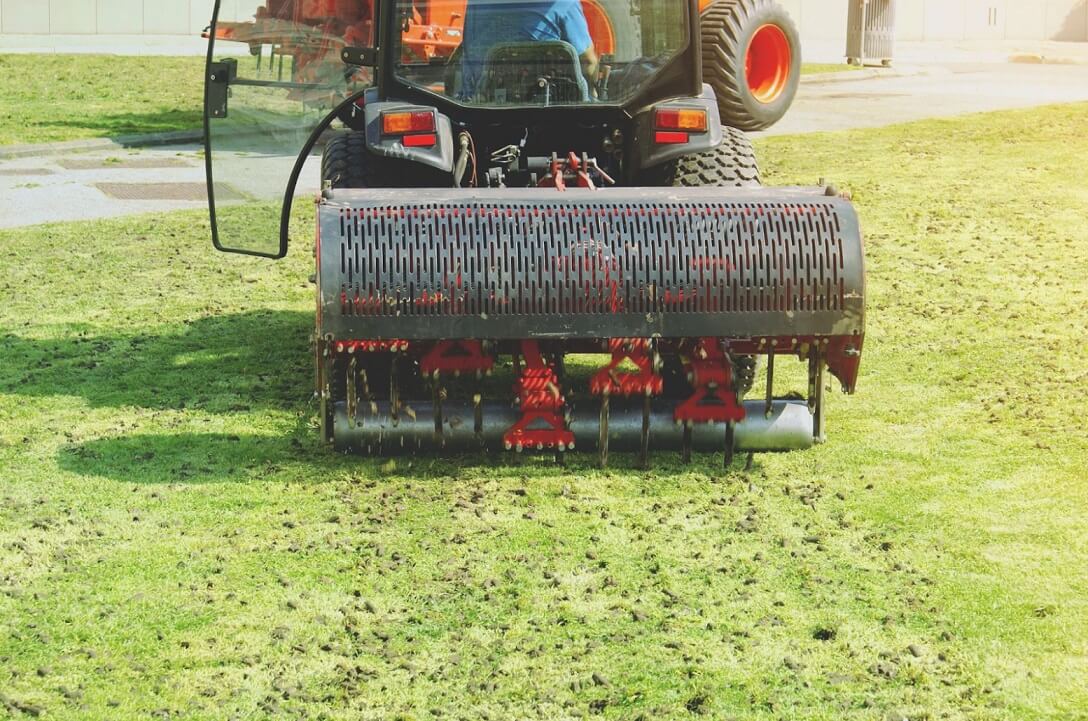
Share: